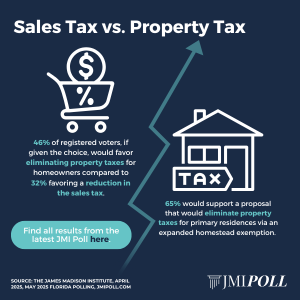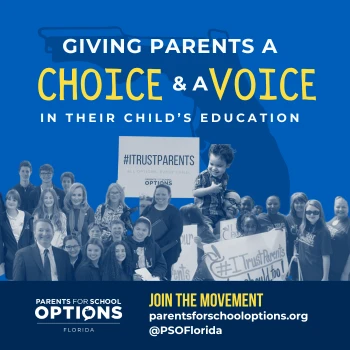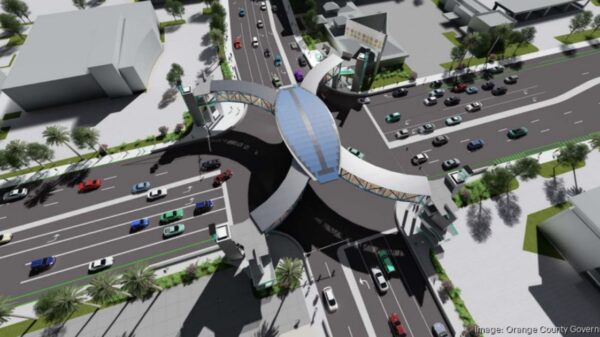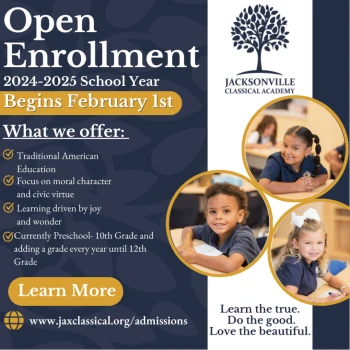Major League Baseball (MLB) Hall of Famer Barry Larkin is spearheading an effort to relocate the Tampa Bay Rays baseball franchise to Orlando, and for good reason. The franchise has been stuck in St. Petersburg, struggling with some of the lowest attendance numbers in the league, despite being one of baseball’s most successful small-market teams.
“I spent considerable time talking to key people in Major League Baseball, including Commissioner Manfred, before committing to join the Orlando Dreamers‘ effort,” said Larkin. “The strategies and backgrounds of the key people involved with the Dreamers’ effort gave me full confidence that with appropriate support from the media, the community, and government officials, Orlando will secure a Major League Baseball franchise before the end of this decade. At this stage in my career, nothing could be more exciting than being a key part of this effort in my adopted home of Orlando, Florida.”
Larkin is joined by other local leaders, including Jim Schnorf, Dick Batchelor, and Andrew Herdliska. Originally formed to push the MLB for an expansion team that would be named the “Orlando Dreamers”, they have inserted Orlando back into the discussion for the future home of the Rays.
Unmatched Tourism Figures
Consider the numbers: Tampa and St. Pete welcome around 14 million tourists per year. That sounds impressive—until you realize Orlando attracts 74 million. That’s more than five times the number of visitors, and, crucially, the vast majority of them come during the MLB season. From April through September, approximately 55 million tourists flood Orlando’s hotels, theme parks, and attractions. Even if just 1% of those visitors decided to attend an MLB game, that would translate to 550,000 additional fans per season—an average of nearly 7,000 per game. That figure alone could transform the Rays’ attendance rankings.
Moreover, Orlando’s demographics align better with MLB’s target audience. Families visiting Disney, Universal, and SeaWorld are overwhelmingly middle- to upper-class, with disposable income to spend on entertainment. Unlike Las Vegas—another city making aggressive moves to attract pro sports—Orlando’s tourism industry is built on family-friendly attractions. That makes an MLB team a natural fit.
A Stadium Built for Success

A proposed Orlando stadium site is located next to SeaWorld’s water park, Aquatica which is only a mile from Universal Studios’ upcoming new theme park: Epic Universe. The synergy between a major sports venue and some of the world’s most popular tourist destinations would create an unparalleled entertainment hub. Add in Disney’s $17 billion investment in new Orlando attractions, and it’s clear that the city’s tourism numbers will only rise.
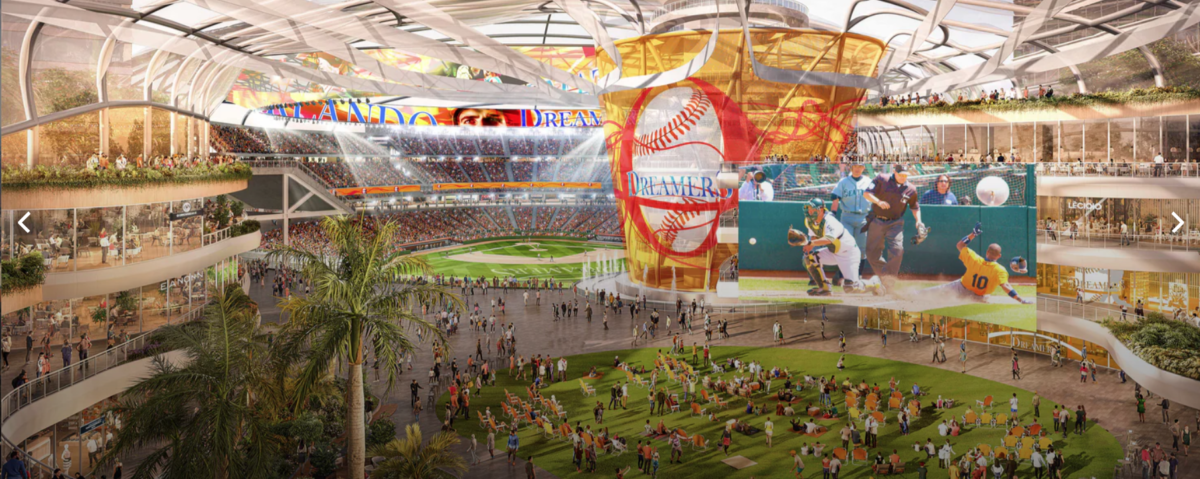
Critics of Orlando’s odds question local taxpayer support for stadium construction, but those critics overlook important recent historical trends among local government leaders. While private investors are expected to cover at least part of the stadium cost, Orlando and Orange County have a long history of supporting stadium construction through public funding. Over the last three and a half decades, city and county officials have approved funding for sports venues—including Camping World Stadium, which doesn’t even host a professional team. If Orlando was willing to invest in a stadium without a permanent tenant, imagine what it would do for an MLB franchise.
A Winning Future
The Rays have proven they can be successful on the field, despite playing in one of the worst stadium situations in baseball. But success on the field is only half the battle. Orlando offers the franchise a chance to finally thrive off the field, in a city that is growing, family-friendly, and built for entertainment.
If the Rays and St. Pete manage to reach a new agreement before the March 31st deadline, Orlando’s MLB dream will die, but if no agreement is reached, Mayor Ken Welch has already said that he is ready to move on without the Rays. At that point, Rays players, staff and fans may ultimately embrace a future in Orlando.








